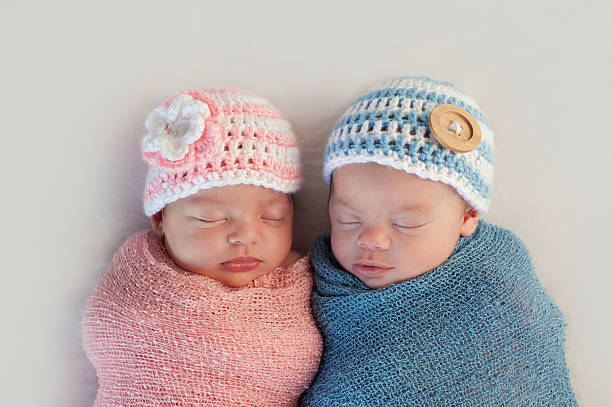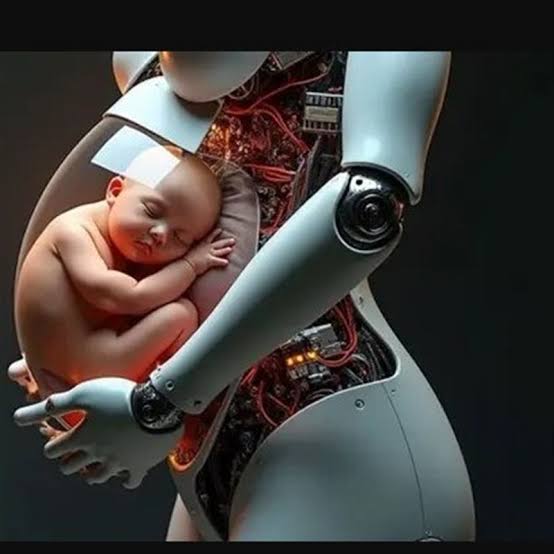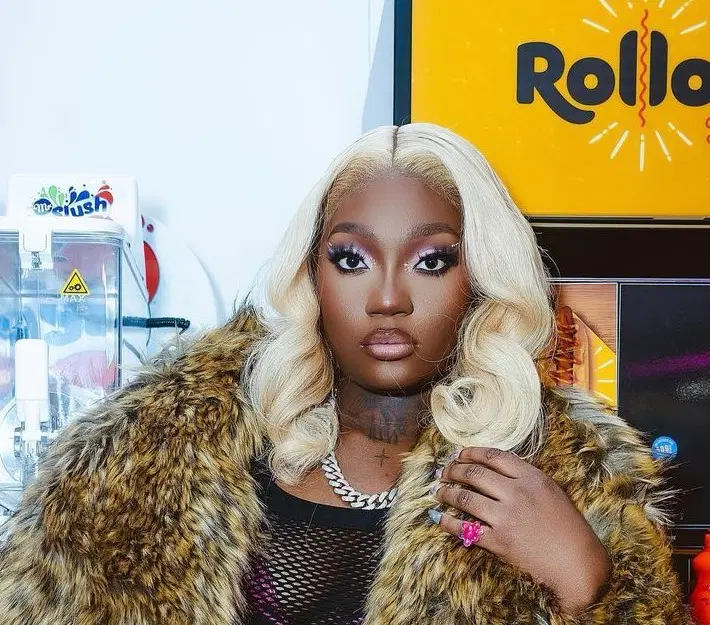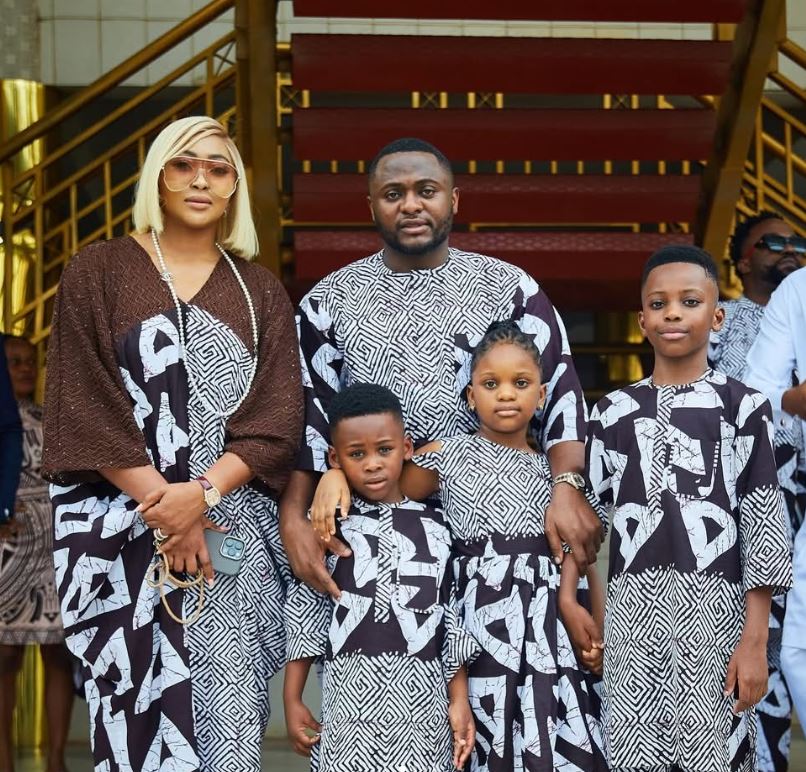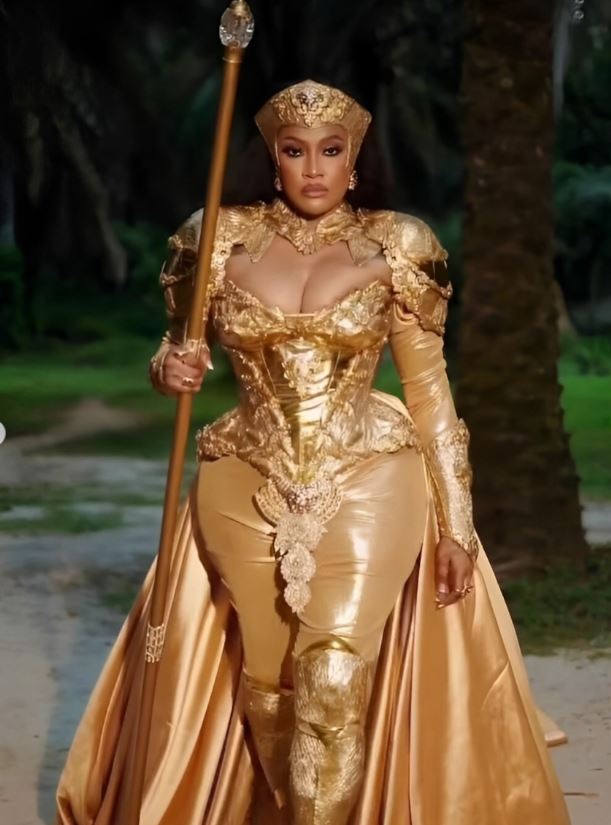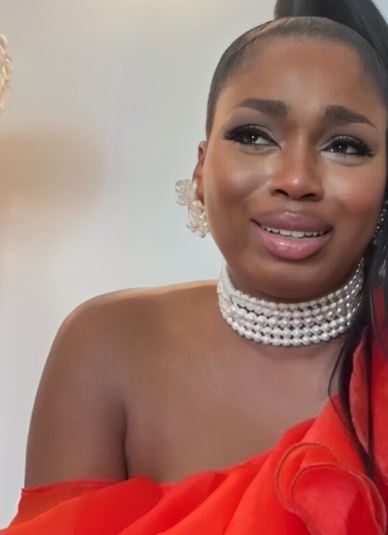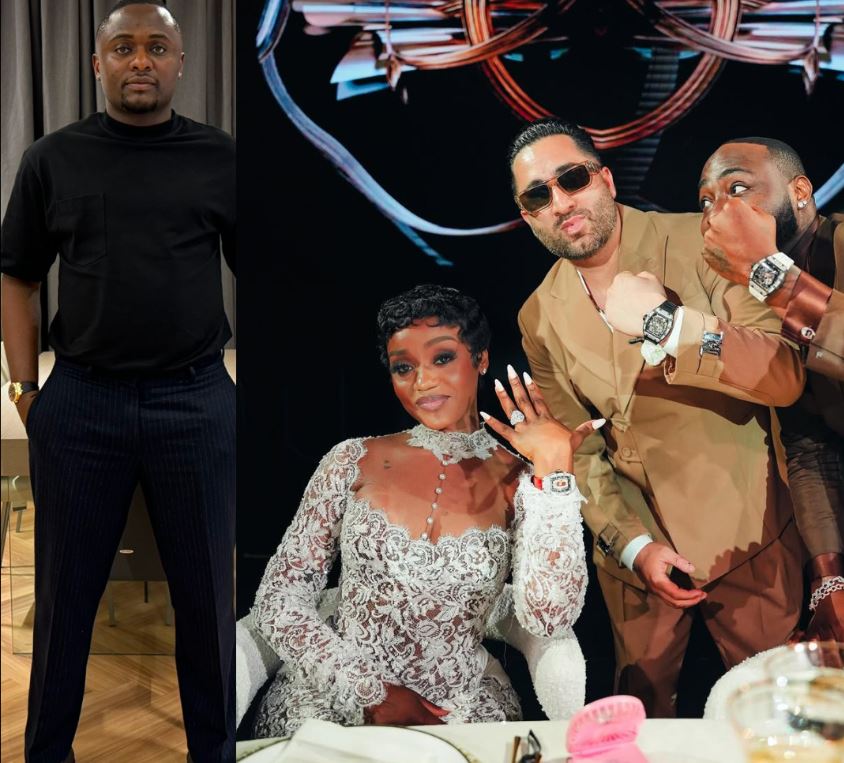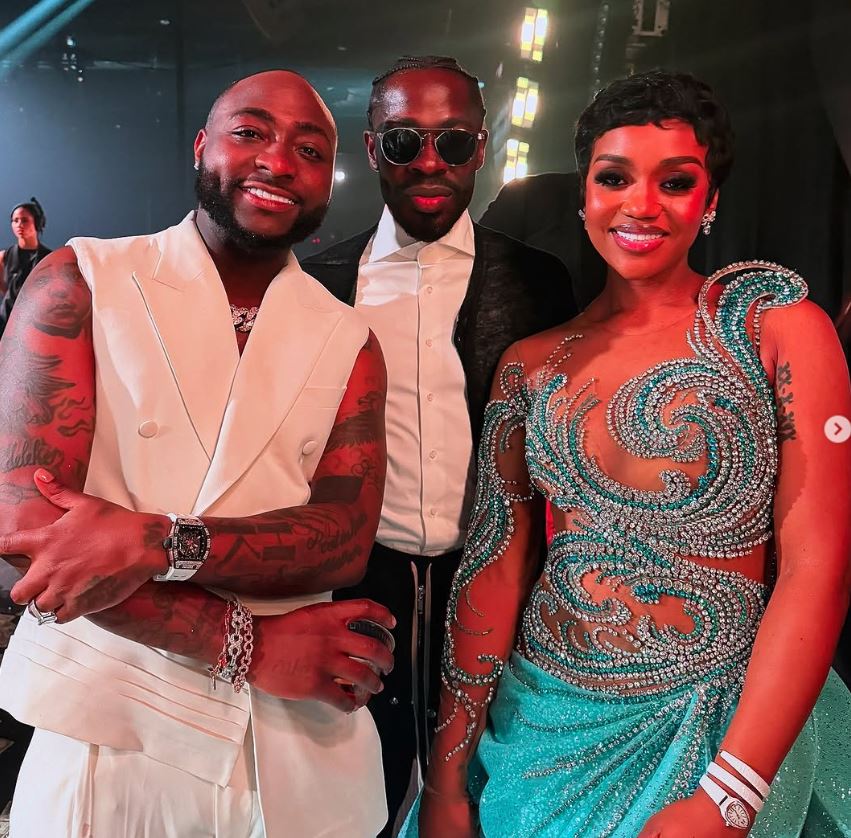Did you know that a hundred years ago, pink was considered a strong, masculine color, while blue was seen as delicate and feminine?
That’s right—what we now think of as traditional gender colors used to be the complete opposite!
When Pink Was for Boys and Blue Was for Girls
In the 19th century, babies of both genders wore white dresses because they were practical and easy to bleach. There were no rules about pink or blue for boys or girls.
By the early 1900s, department stores and magazines began suggesting gender-based colors—but with a twist! Pink, being a shade of red, was considered bold and suitable for boys, while blue, associated with the Virgin Mary, was seen as soft and ideal for girls.
How Marketing Changed Everything
So, what caused the switch? The answer: business and fashion trends.
By the 1940s, baby clothing manufacturers and advertisers saw an opportunity. They standardized pink for girls and blue for boys—not because of any natural reason, but simply to sell more clothes. If parents believed boys and girls needed different colors, they would buy new outfits for each child instead of handing them down.
The trend grew even stronger in the 1980s with the rise of ultrasound technology. Since parents could now find out their baby’s gender before birth, companies pushed gender-specific clothing, toys, and nursery décor. From then on, pink became a “girl’s color,” and blue was reserved for boys.
Do Colors Really Have a Gender?
The truth is, colors are just colors! The idea that pink is for girls and blue is for boys is a marketing invention, not a natural rule. In many cultures, men confidently wear pink without it being seen as feminine.
Today, the gender-color divide is fading. Many parents dress their children in all shades, and fashion brands are embracing gender-neutral styles. After all, why should a color define who you are?
What do you think—should colors still be linked to gender, or is it time to break the old rules? Share your thoughts!

